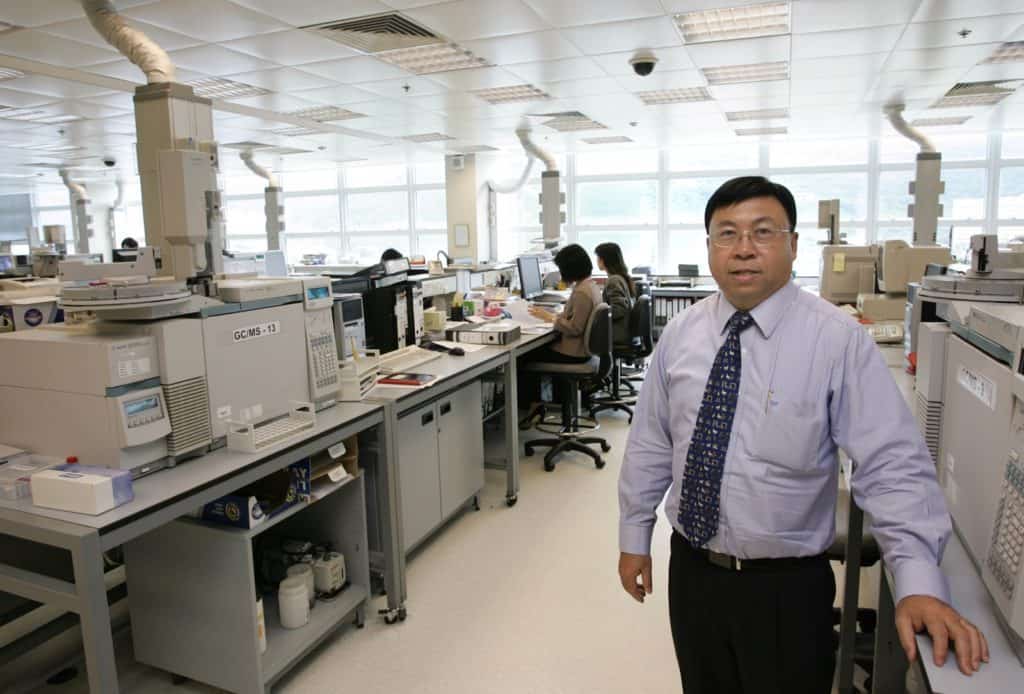RMTC Approves New York Drug Testing Laboratory Accreditation
The NYDTL is the eighth laboratory to become accredited by the RMTC since 2013.
The NYDTL is the eighth laboratory to become accredited by the RMTC since 2013.

A total of 60 equine samples–30% of the 200 competing horses–were tested during the Games.

Researchers will be studying the use of biomarkers drug testing.
Several horses had allegedly received clenbuterol, and groom Marian Vega was found to be in possession of the drug.

Pennsylvania is the 10th state to fully adopt the National Uniform Medication Program.
The cases focus on prohibited substances identified in a para-dressage horse, an endurance horse, and a jumping horse.

The horse Lunatica tested positive for two prohibited substances: propranolol and dexamethasone.

The Jordanian horse tested positive for boldenone, dexamethasone, meloxicam, phenylbutazone, and oxyphenbutazone.
Carolyn Cooper, DVM, is the director of the Canadian Pari-Mutuel Agency’s Equine Drug Control Program.

The top two finishers at an event in Doha earlier this year have tested positive for human erythropoietin (EPO).
Glaucine, thought to have bronchodilatory and anti-inflammatory properties, is found in the tulip poplar tree.

Researchers in the club’s Racing Laboratory are studying biomarkers for use in drug testing.

Representatives educated Congress members about the Thoroughbred Horseracing Integrity Act of 2015.

The enhanced equine security measures are part of the track’s ongoing safety and integrity program.

The New Mexico Racing Commission will enhance its out-of-competition drug testing program effective immediately.

Cobalt administration in high doses can cause detrimental effects on a number of equine body systems.
Stay on top of the most recent Horse Health news with
"*" indicates required fields